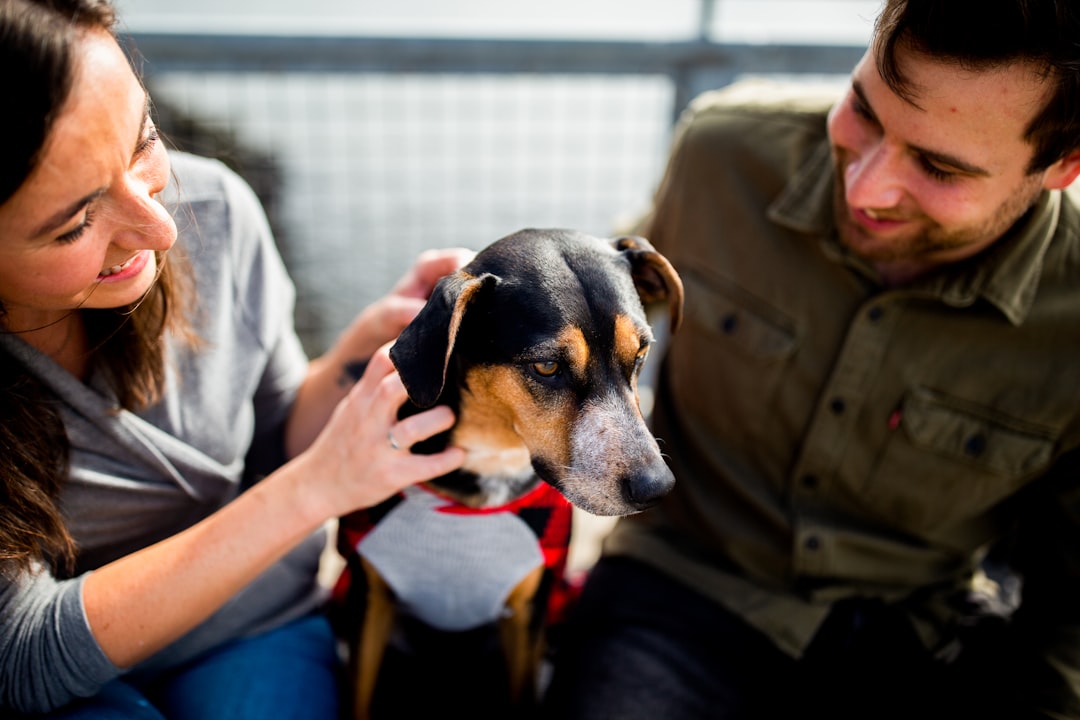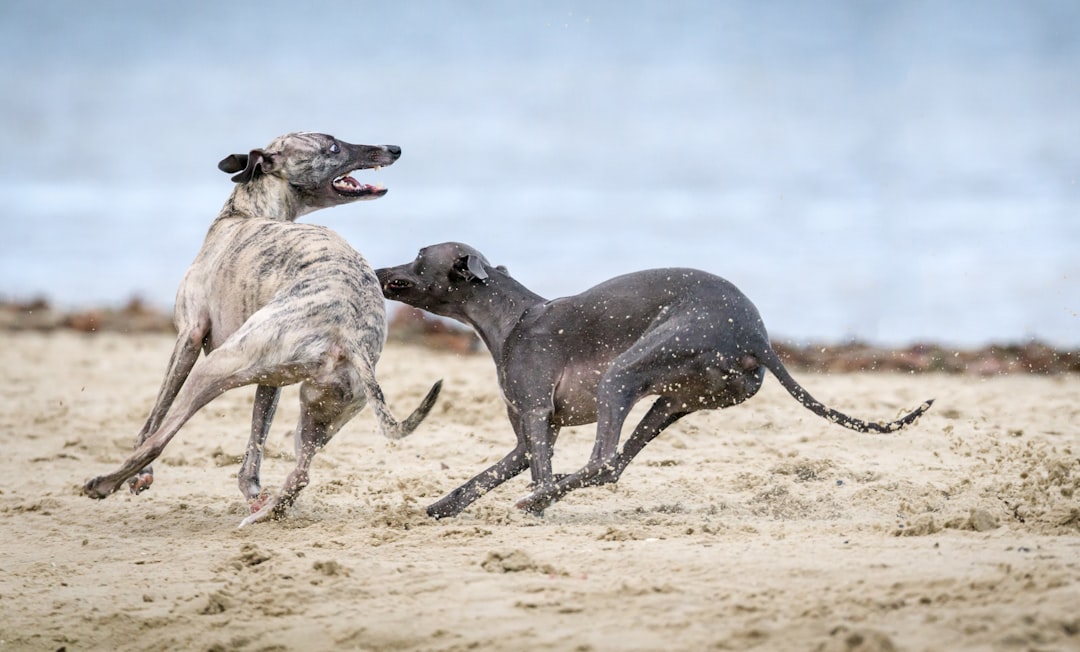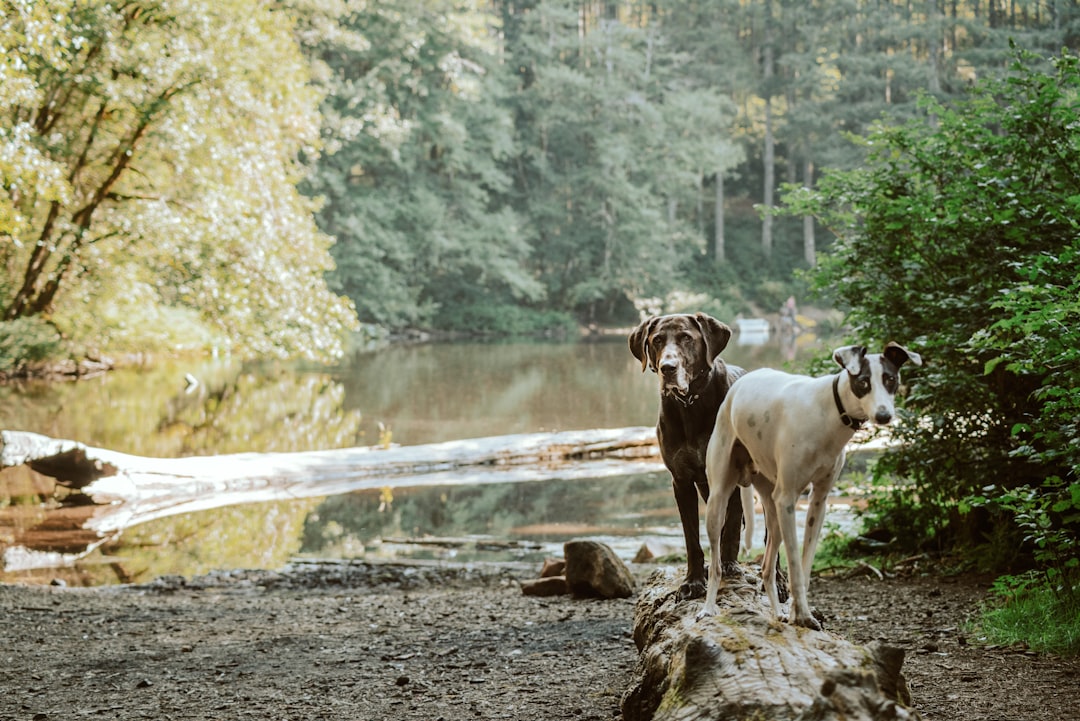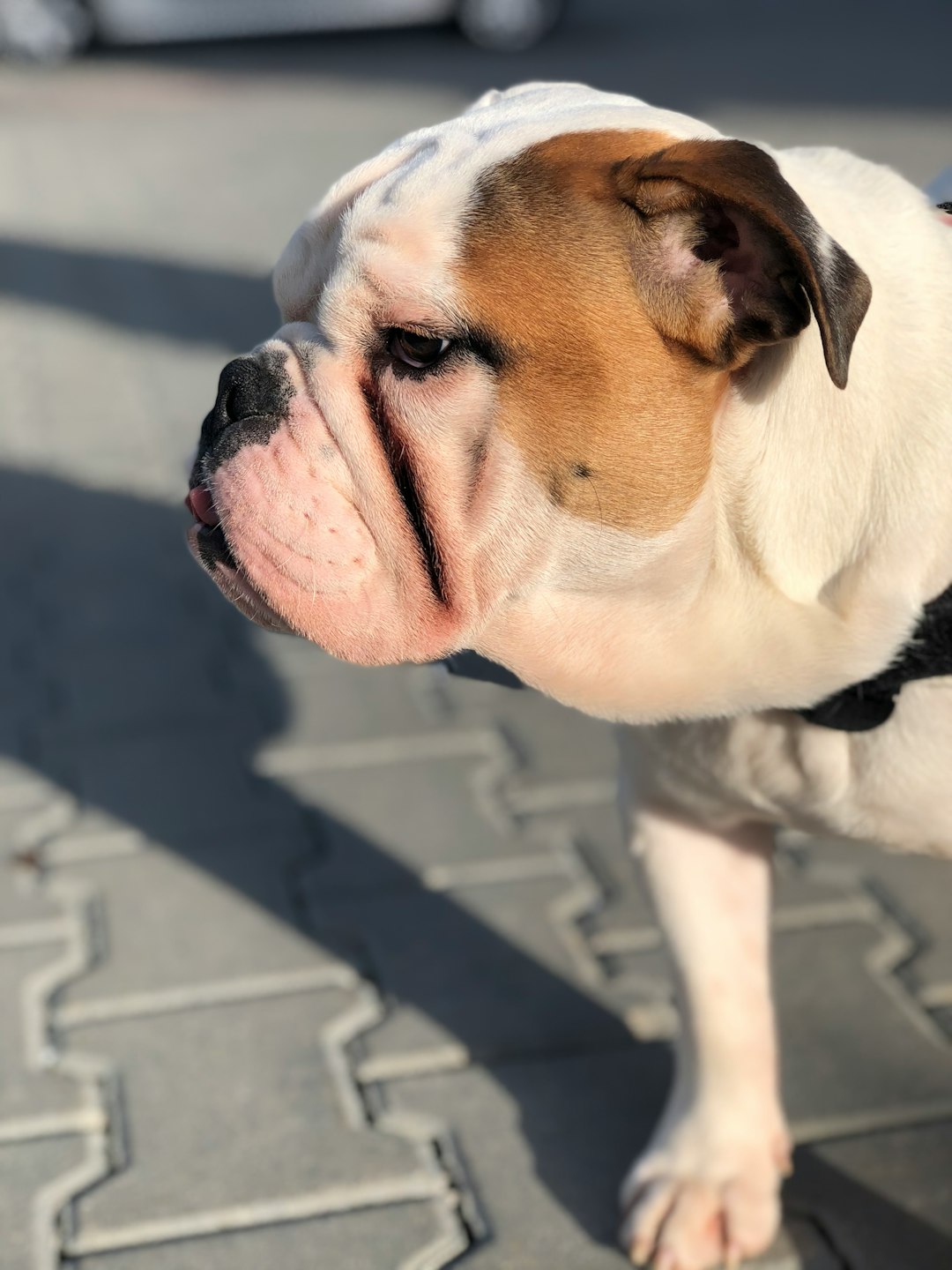When it comes to sharing your plate with your furry friend, the question “Can Dogs Eat Pasta?” often pops up. After all, who wouldn’t want to spoil their pooch with a taste of our beloved carbs? While pasta might seem like a delectable treat for our four-legged companions, it’s essential to unravel the truth behind its impact on their health. So, grab your fork and let’s dive into the deliciously tangled world of pasta—where some slurps may be safe, and others could lead to a ruff night!
Understanding a Dog’s Digestive System

To understand whether can dogs eat pasta, we must consider how their digestive system works. Dogs have evolved from their wolf ancestors, leading to a unique digestive tract that differs significantly from humans. Here’s a quick breakdown:
- Stomach Structure: Dogs possess a single-chambered stomach, which means they digest food quickly but don’t break down complex carbohydrates as efficiently as we do.
- Enzyme Production: While dogs produce some amylase (the enzyme that helps digest carbohydrates), they don’t produce as much as humans. Thus, they don’t thrive primarily on carb-heavy meals.
- Gut flora: A dog’s gut microflora is designed to handle proteins and fats rather than excessive carbs.
So, while pasta isn’t toxic and you might wonder, can dogs eat pasta? The answer hinges on moderation and portion control.
Remember, small amounts of plain, cooked pasta can be acceptable, but always keep an eye on those sneaky carbs. A happy dog is a well-fed dog, just not with an all-you-can-eat pasta buffet!
Nutritional Value of Pasta for Dogs

When pondering the question, Can Dogs Eat Pasta?, it’s essential to consider the nutritional value of pasta. While pasta might not win any awards in the superfood Olympics, it still has some merits worth noting.
Here’s what pasta brings to the table (literally!):
- Carbohydrates: Pasta is primarily a carbohydrate source, which can provide a quick energy boost for your furry friend.
- Mild Protein: While pasta isn’t a protein powerhouse, it does contain a bit that can help balance your dog’s diet.
- Vitamins and Minerals: Whole grain pasta offers fiber and nutrients like iron and B vitamins.
Comparison: Regular Pasta vs. Whole Grain Pasta
| Nutritional Element | Regular Pasta | Whole Grain Pasta |
|---|---|---|
| Carbohydrates | High | Moderate |
| Fiber | Low | High |
| Protein | Moderate | Moderate |
So, can dogs eat pasta? Yes, but with moderation! Always lean towards whole grain options when you do toss your pup a noodle or two. After all, variety is the spice of life—just ask your dog!
Potential Benefits of Feeding Pasta to Dogs

So, can dogs eat pasta? You bet they can, and surprisingly, they might enjoy some perks from it! Let’s dive into the delightful world of pasta benefits for our furry friends:
- Energy Boost: Pasta is a carbohydrate powerhouse! When Fido needs a burst of energy—think playtime or a long walk—pasta can give him that extra fuel.
- Easy on the Stomach: Plain cooked pasta can be gentle on sensitive tummies. It’s a fantastic alternative when your pup experiences digestive woes.
- Weight Control: In moderation, pasta can help dogs feel fuller without packing on the pounds—perfect for those pooches needing a bit of calorie control.
- Fun Mix-In: Pasta can be an excellent addition to your pup’s meals. Mix it with veggies or meat for a gourmet treat!
While pasta can offer these benefits, remember balance is key. Moderation ensures that our four-legged companions reap the rewards without any pasta-related pitfalls. So when considering if “Can Dogs Eat Pasta,” just keep an eye on portions!
Risks and Considerations When Feeding Pasta to Dogs
While the idea of sharing your delicious plate of pasta with your furry friend might sound tempting, it’s crucial to be aware of some potential risks. Here’s what you need to know before you ask, Can Dogs Eat Pasta?
- Weight Gain: Pasta is high in carbohydrates, which can contribute to weight gain if fed in excess. Just like us humans, dogs can pack on the pounds!
- Digestive Issues: Some dogs may experience upset stomachs or gas after consuming pasta. Keep an eye on their behavior post-meal.
- Additives and Sauces: Avoid feeding dogs pasta cooked with sauces. Ingredients like garlic and onions can be toxic to our canine companions, so keep it simple!
- Do Not Overdo It: Only treat your dog with small amounts. Too much pasta could lead to obesity or serious health issues.
In summary, while Can Dogs Eat Pasta is a question worth asking, remember moderation is key! Always consult your veterinarian to tailor the best diet for your pooch.
Types of Pasta Safe for Dogs
When pondering the question, Can Dogs Eat Pasta?, it’s essential to choose the right types for your furry friend. Not every pasta shape is created equal! Here’s a handy guide to ensure your pup enjoys their occasional noodle without any bellyaches.
Safe Pasta Choices:
- Plain Whole Wheat Pasta: A nutritious option, whole wheat pasta provides fiber that can aid digestion. Just ensure it’s plain—no sauces or spices!
- White Pasta: While not as nutrient-rich as whole wheat, plain white pasta can be a safe treat in moderation.
- Gluten-Free Pasta: For doggos with gluten sensitivities, many gluten-free options made from rice or quinoa can fit the bill nicely.
Avoid These:
- Pasta with Sauces: Avoid pasta smothered in rich sauces like Alfredo or marinara, as these may contain onions and garlic, which are toxic to dogs.
- Stuffed Pasta: Ravioli and tortellini often contain ingredients that could cause trouble for your pup.
Remember, while Can Dogs Eat Pasta? the answer is mostly yes, these guidelines help ensure it’s a delightful and safe indulgence!
Serving Suggestions for Dogs
So, you’ve decided to treat your furry friend with some pasta, huh? Well, before you dive in with an oversized portion, let’s dish out some serving suggestions that’ll keep tails wagging and stomachs happy!
1. Keep it Simple:
- Serve plain, cooked pasta; skip the sauces!
- Avoid garlic, onions, and any additional spices – they may be a recipe for disaster.
2. Portion Control:
- A few pieces can suffice!
- Generally, one tablespoon per 10 pounds of body weight!
3. Mix it Up:
- Combine pasta with protein (like chicken or beef) and veggies (like carrots or peas) for a nutritious meal.
- Create a delightful doggie pasta bowl that even your pup’s Instagram account will envy!
4. Watch for Reactions:
- Monitor your pup for any digestive upsets post-meal.
- If things get rumbly, consider that the question “Can Dogs Eat Pasta?” might need a reconsideration.
Done right, Pasta can be a fun and tasty addition to your dog’s diet. So, grab that doggy bowl and enjoy mealtime together!
Consulting Your Veterinarian About Your Dog’s Diet
When in doubt about your furry friend’s dining options, it’s always wise to consult the expert—your veterinarian. After all, the question “Can Dogs Eat Pasta?” isn’t just about what’s safe, but also about what’s optimal for your pet’s unique health needs. Here’s why your vet should be your go-to source:
- Personalized Guidance: Each dog is different. A vet evaluates your dog’s age, weight, and health status before offering tailored dietary advice.
- Healthy Adjustments: If your dog has any dietary restrictions, your vet can recommend alternative dishes that provide a nutritional balance without the risk.
- Understanding Ingredients: While some pasta options might be safe, your vet can help you weed out troublesome additives like garlic or onion that are harmful to dogs.
- Monitor Reactions: If you decide to introduce pasta into your pup’s diet, your vet can help monitor for any adverse reactions or allergies.
So, next time you ponder, “Can Dogs Eat Pasta?” remember to enlist your vet’s expertise to keep those tails wagging and those stomachs happy!
Consulting Your Veterinarian About Your Dog’s Diet
When it comes to your furry friend’s diet, there’s no such thing as too much caution. So, before asking, “Can Dogs Eat Pasta?” it’s wise to consult with your veterinarian. Here’s why:
- Expert Advice: Vets have in-depth knowledge of canine nutrition. They’ll help you determine if pasta fits in your dog’s diet without causing any tummy troubles.
- Individual Needs: Every dog is unique. Factors such as age, breed, and health conditions can influence dietary choices. Your vet can tailor advice specifically for your pooch!
- Identifying Allergies: Some dogs may have sensitivities or allergies. Your vet can perform tests and guide you on what foods to avoid—pasta might not be one of them!
- Meal Planning: They can assist in creating a balanced meal plan that’s safe and nutritious. Because let’s face it, dogs deserve gourmet meals too!
In short, while you ponder “Can Dogs Eat Pasta?”, let your vet steer the ship. After all, their goal is to keep your fur baby happy and healthy!
Frequently Asked Questions
Is pasta safe for dogs to eat?
Absolutely, pasta is generally safe for dogs in moderation. Just like humans, dogs can digest it without the risk of a culinary catastrophe. However, it should be served plain and unseasoned, like a blank canvas waiting for a painter – because sauces, garlic, and other spices can cause tummy troubles or worse. So go ahead, toss a few noodles to your pooch as a treat, but remember: moderation is key!
Can dogs eat whole grain pasta?
Whole grain pasta might just be the whole package! It’s higher in fiber and nutrients compared to its white counterpart, which can be great for your dog’s digestion. Imagine whole grain pasta as the fancy dinner at a restaurant versus the fast-food meal – both are filling, but one just has more substance. Serve it sparingly, and your furry friend might just wag their tail in approval!
Should I add sauce or seasoning to the pasta for my dog?
Resist the urge! While it might be tempting to share your marinara or pesto goodness with your dog, sauces and seasonings can be a recipe for disaster. Ingredients like garlic, onion, and certain herbs are a no-go for dogs and can lead to unwanted vet visits. Think of it this way: your delicious dinner is their ‘extreme sport’ – enjoy watching them navigate the maze of plain pasta instead!
How much pasta can I give my dog?
When it comes to portion control with our canine companions, it’s all about balance. Ideally, a few small pieces of cooked pasta as an occasional treat is just paw-sitive! Serving a whole bowl like a puppy-sized spaghetti feast can lead to a mushy tummy. As a rule of paw (pun intended), it should only make up about 5% of their diet; think of it as the sprinkles on top of the doggy ice cream sundae!



